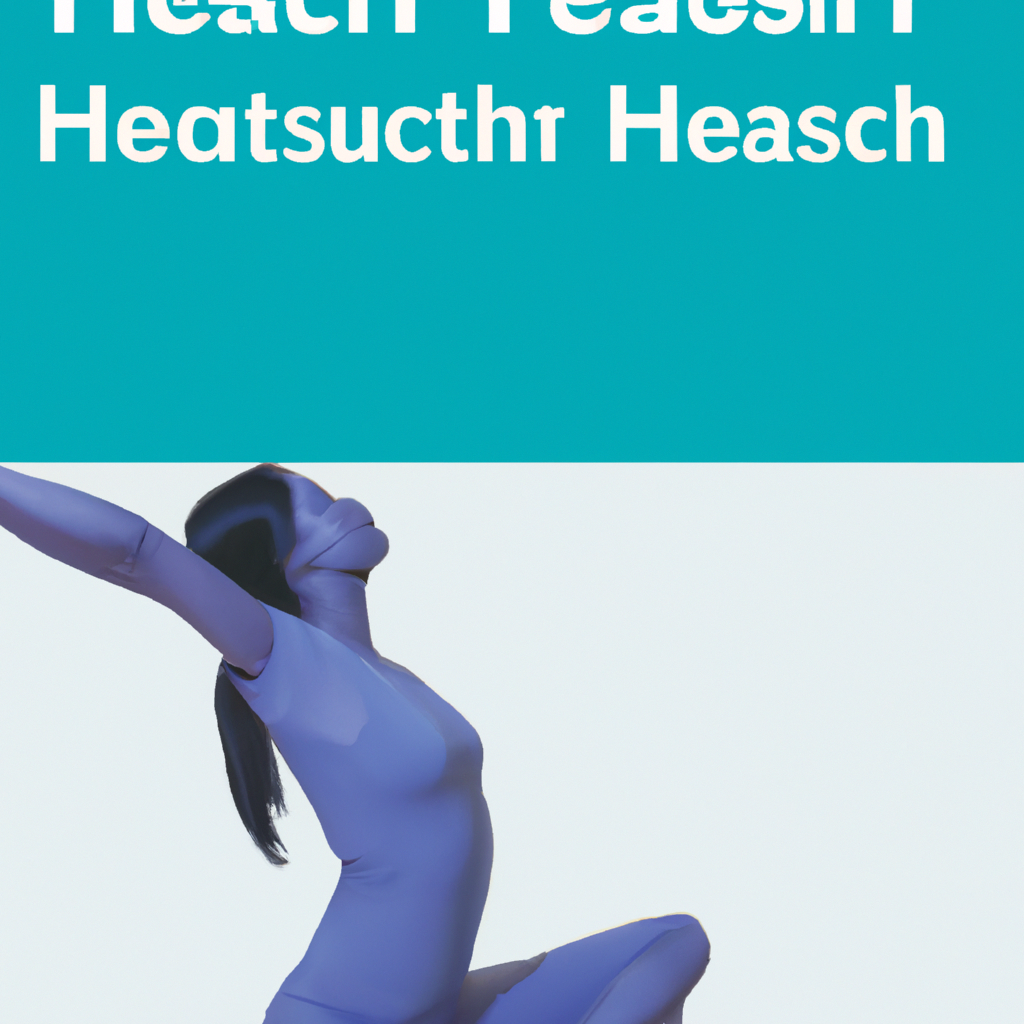Can you believe one of the most powerful forces for protecting your respiratory health can be found right in your own home? Yoga is a powerful tool that can help support lung and respiratory health. From breathing exercises to therapeutic postures, the practice of yoga gives people an accessible, natural way to reduce stress, boost circulation, and optimize oxygen supply. In this article, we’ll explore yoga poses for respiratory health that give your lungs the love they deserve.
1. Taking a Deep Breath: Yoga and Respiratory Health
Yoga and respiratory health go hand-in-hand, as they both involve the cultivation of breath awareness. With that in mind, it pays to spend time focusing on a breathing exercise. Many yogic practices involve breathing as part of the main exercise, so it is no surprise that breath awareness has a role to play in everyone’s overall wellbeing.
When it comes to respiratory health, understanding the importance of taking a deep breath is key. Deep breaths help oxygenate the body and mind, and can be used to manage stress and anxiety. Many yoga practices, especially Pranayama, involve deep and focused breathing, and the result can be an improved sense of wellbeing and a better sense of self-awareness.
Yoga and breathing exercises come together in a beautiful symbiosis; deep breathing helps to relax the body, and helps the Yogi become more aware of the breath. In turn, this allows for a sense of control over the breath as well as improved control over the mind, and can lead to a better overall sense of physical and psychological wellbeing.
- Deep Breaths: Take slow, deep breaths when practicing Yoga. This will help oxygenate the body and mind and will also help reduce stress and anxiety.
- Focused Breathing: Focus on the breath when performing poses. This will help to release tension and will help the Yogi become more present.
- Yoga and Breath Awareness: Use Yoga and breath awareness to become more aware of the body and to cultivate a deeper sense of self-awareness.
By cultivating a deep appreciation of the breath, the Yogi can achieve greater control over their own consciousness, leading to a healthier body, mind, and soul. Through a regular practice of mindful breathing and Yoga, the Yogi can achieve a greater sense of wellbeing and can benefit from improved respiratory health.
2. Breathing Easy: Tips for Improved Lung Performance
Practice Diaphragmatic Breathing
Diaphragmatic breathing is one of the simplest and most effective exercises for long-term lung health. The technique involves breathing in deeply from your diaphragm (your abdomen) and exhaling until all of the air is out of your lungs. Doing this exercise several times a day can help maintain your lung health and increase your lung capacity.
Manage Your Stress
High levels of stress have been linked to a decrease in lung performance due to shallow breathing and muscle tension. Whether it’s taking a walk, trying yoga, listening to soothing music, or meditating, managing your stress is important for improved lung performance.
Choose Foods that Improve Lung Health
Certain foods have been linked to improved lung health.
- Cruciferous vegetables like kale, broccoli, and cauliflower are packed with anti-inflammatory phytonutrients.
- Fruits like apples, oranges, and pears have an antioxidant-packed punch.
- Foods high in omega-3 fatty acids, like salmon, tuna, and walnuts, are thought to reduce inflammation in your lungs.
Get an Air Purifier
Air purifiers are especially beneficial for people who suffer from allergies or asthma, as they get rid of particles in the air that can trigger asthma attacks or allergies. They also reduce the levels of air pollution in your home, which has been linked to an increase in lung health.
3. Inhale, Exhale: Poses that Help Strengthen Lungs
Fish Pose (Matsyasana)
Fish Pose is one of the best yogic poses to safely and effectively open the chest and strengthen your lungs. Here’s how: begin in a comfortable seated position. Place the palms of your hands onto the ground with a cushion placed between the palms and the feet. Slowly arch the upper back and slowly lower your torso onto the ground, keeping the shoulder blades firmly pressed onto the ground. Gently press your elbows to the ground as you deepen the pose. As you stay in this pose breathe deeply and evenly in and out of your nose. This will activate the diaphragm and help increase oxygenation and invigorate the lungs.
Camel Pose (Ustrasana)
This powerful yoga pose helps expand the lungs, opening your chest and allowing oxygen to flow. Begin kneeling on your knees with your shoulders directly above your hips. Place your hands onto your hips with the fingers located directly above your buttocks. Inhale deeply, press your hips forward, and arch your spine, looking backward as you do so. As you get more comfortable you can reach your hands closer to your ankles, deepening the pose. Keep your breath even and focused, allowing your lungs to feel the benefits of this pose. With a conscious and directed inhalation and exhalation, you can effectively activate your diaphragm and expand your lungs.
Cow-face Pose (Gomukhasana)
This pose is especially helpful for those who tend to sit in the same position for long hours and are prone to shallow breathing. Begin seated in Staff Pose (dandasana). Place your right foot over the left thigh as high as possible and then do the same with the left foot over the right thigh. If the legs don’t reach, a folded blanket or block placed between the legs can help. Parallelly reach your arms up and then bend the elbows and lower them to the opposite side of the hips. Lastly, interlock your fingers or hold a strap in both hands. Focus on the breath – you can stay in this pose anywhere between 5-15 breaths. Allow your abdomen to expand and soften with each inhalation and exhalation, giving more energy and oxygen to the lungs. Release as you feel ready.
4. Harness the Power of Pranayama: Yoga Techniques for Lung Health
The practice of pranayama, or breath control, is a powerful yoga technique for improving lung health and overall wellness. By learning the basics of pranayama, you can:
- Reduce stress and improve relaxation.
- Enhance your ability to focus and concentrate.
- Improve your energy, mood, and cardio-respiratory health.
Ujjayi Breath is one of the most popular pranayama techniques, and one of the easiest to learn. To practice Ujjayi breath, focus on a smooth inhalation through your nose, followed by a slow and controlled exhalation through your nose. The idea is to evenly extend both inhalation and exhalation, without allowing the breath to move too quickly. To add a deeper droning sound, slightly constrict the throat. Notice the sensation of blissful relaxation!
Kapalbhati Breath is another classic pranayama technique. Though more challenging than Ujjayi breath, Kapalbhati is a powerful way to cleanse and tone your lungs. This breathing technique begins with a forceful exhalation, followed by a gentle inhalation, focusing to fill the breath as much as possible. Repeat this process multiple times, keeping a steady rhythm.
Though the practice of pranayama can seem intimidating at first, the rewards of mastering this breathing technique are well worth the effort. Let the power of pranayama revolutionize your lung health today!
Incorporating yoga poses into your daily routine can help strengthen your respiratory system and promote better overall lung health. With a few simple poses, you can take a few breaths of fresh air and open your lungs to take in the healing potential of yoga. Namaste!



